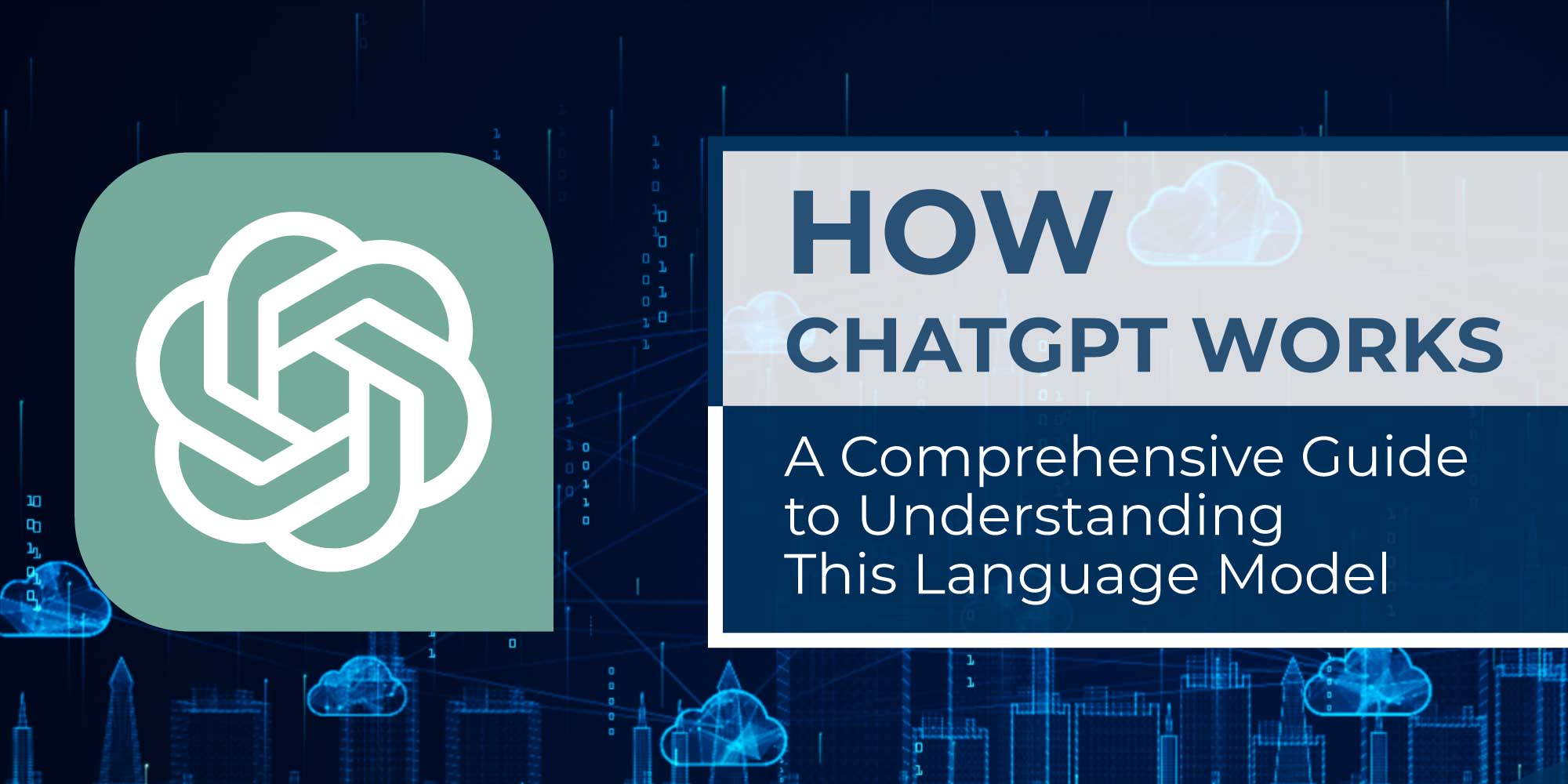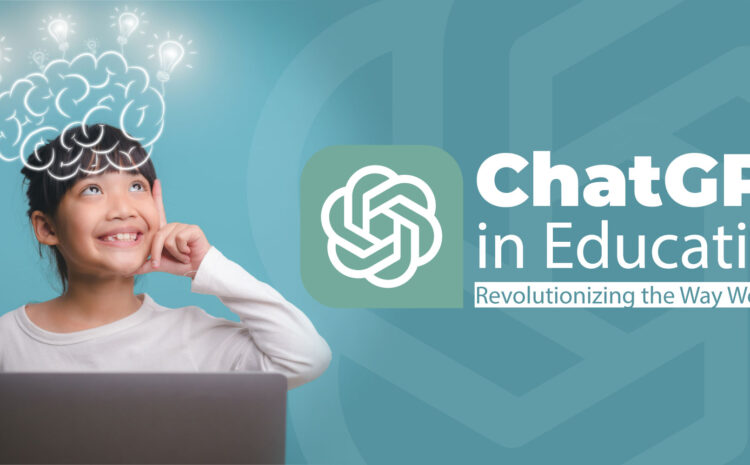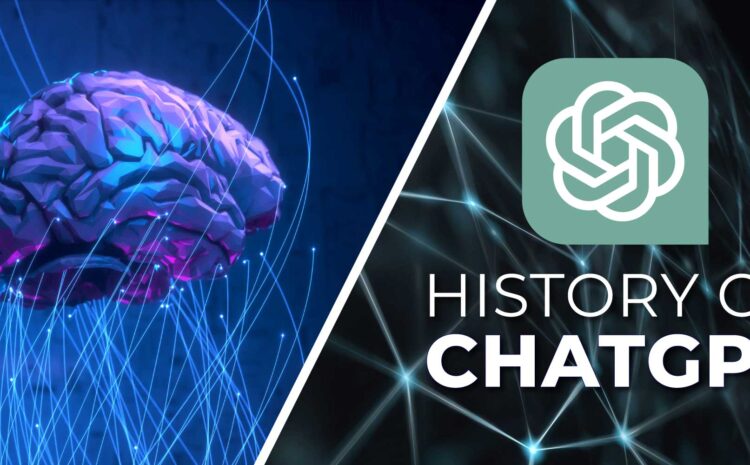Hello, and welcome to another blog post on ChatGPT! Today, we’ll be learning about the language model (LM), what it can and can’t do, why and how it responds the way it does, and how it gained its vast knowledge. Ready? Grab a cup of something warm, get cozy, and let’s get going.
As an Artificial Intelligence (AI) language model, ChatGPT is designed to generate human-like responses to textual input by a user. It was created by OpenAI, one of the leading companies in the field of artificial intelligence. ChatGPT stands for “Generative Pre-trained Transformer,” and it’s based on a type of neural network architecture known as transformers.
At its core, it’s a language model that’s been pre-trained on text data from the internet. This pre-training allows it to understand the structure and patterns of language, which it can then use to generate new text that is grammatically correct and meaningful. This model is capable of understanding and generating text in a wide range of topics and styles, from casual conversation to technical writing. If you’d like to try it out, you can head here and play with it a bit. This writer found it to be a lot of fun, and it was able to hold a rather lengthy conversation. Enough of an aside, let’s get back to the learning stuff.
One of the key features of ChatGPT is its ability to generate text that is contextually relevant. Unlike simpler chatbots or rule-based systems, it takes into account the context of the conversation when generating responses. For example, if you ask it about the weather, it will use the current location to generate a relevant response. If you ask it a follow-up question about the forecast for tomorrow, it will use the context of the previous conversation to generate a more specific response. It actually referenced everything I mentioned previously before generating a response to my new question.
ChatGPT is also capable of generating long-form text, such as essays or articles, on a wide range of topics. This makes it a powerful tool for content generation and curation. For example, businesses can use the program to automatically generate product descriptions or customer support responses. Content creators can use it to generate ideas or fill in gaps in their writing.
Another key feature is its ability to learn and adapt over time. As it interacts with more users and receives feedback on its responses, it can improve its performance and generate more accurate and relevant responses. This is achieved through a process known as fine-tuning, where the model is trained on a specific dataset to improve its performance on a particular task or domain.
Compared to other language models, this one has a couple of advantages. First, it’s based on a transformer architecture, which is known for its ability to handle long-form text and capture the relationships between different parts. This makes it particularly effective at generating coherent and meaningful responses. Second, because it has been trained on that massive amount of text data mentioned earlier, it has a broad understanding of language and is capable of generating text on a wide range of topics.
Another advantage of ChatGPT is its open-source nature. The model has been released under an open-source license, which means that developers can use and modify the code freely. This has led to a vibrant community of developers working on extensions and applications for ChatGPT, which has further improved its capabilities. See how Snapchat is incorporating ChatGPT and how they changed it to fit their terms of service and privacy model here.
However, like all language models, it has its limitations. One of the main challenges is generating text that is not just grammatically correct but also factually accurate and coherent. While it has massive amounts of text data, it can still make mistakes or generate nonsensical responses. Additionally, it may not have the same level of knowledge or expertise as a human in a particular domain, which can limit its usefulness in certain contexts. It’s only been trained on data through September 2021—according to the responses this writer received—so it has historical-data issues as well.
As you can see, ChatGPT is a powerful language model that has the ability to generate contextually relevant and coherent text on a wide range of topics. Its transformer architecture, pre-training on limitless text data, and open-source nature make it a valuable tool for content generation and curation. While it has its limitations, its ability to learn and adapt over time makes it a promising technology for the future of natural language processing.




